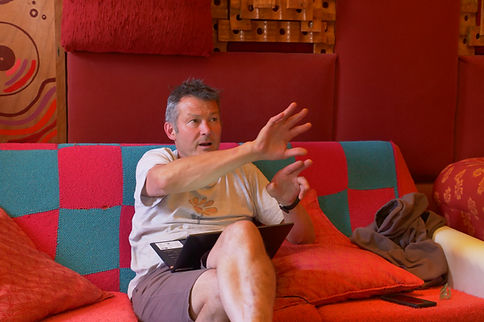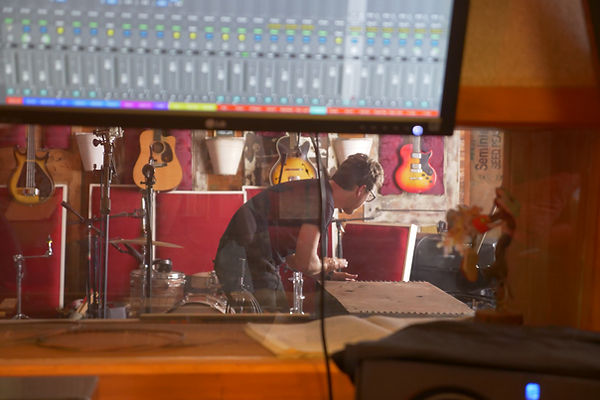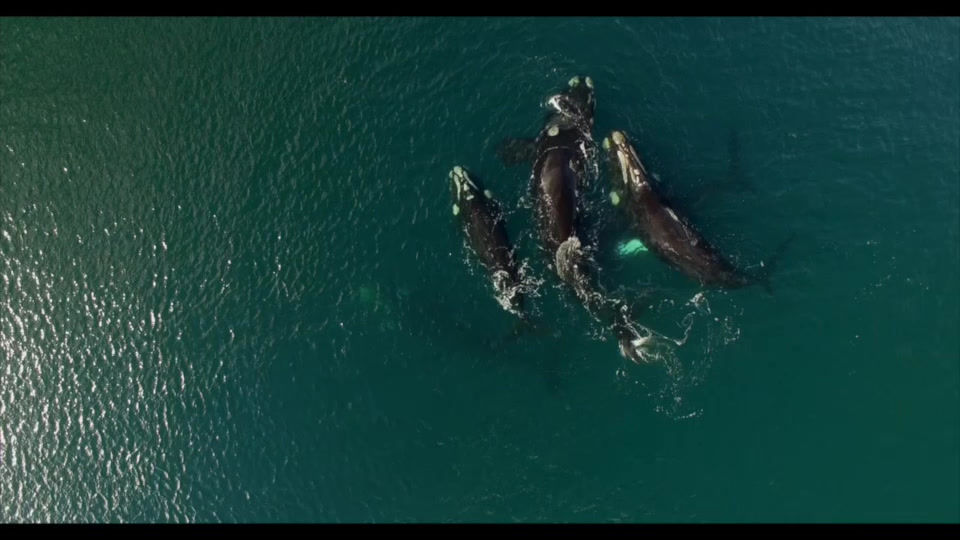

In the Limestone Country
The Writing and Recording of a
New Zealand folk music album

By Bill Morris

The OteKaiEke Limestone
The limestone country I know stretches from the Otago coast inland towards the spine of the Southern Alps, where mighty Aoraki pierces the sky. Lying on a basement of hard-baked schist, the limestone overlays the land like a soft white blanket.
It was laid down in ancient seas around 25 million years ago, at a time when New Zealand was a lot warmer. Tropical seas, teaming with life, lapped at the shores of low-lying land. Early whales ventured into sheltered bays to breed and give birth, while prototypes of penguins teemed in their thousands on sandy white shores.
The rock is made from the remains of seashells, corals and bigger creatures like
whales, fish, sharks and birds piling up over millions of years, solidifying into stone,
before being gently uplifted along the margin of the rising mountains.

A CHANGED LANDSCAPE
Many people have left their mark on this place.
Māori people arrived from Polynesia aboard ocean-going waka around 750 AD. The limestone country informed their art and stories, and was woven into their world-view. Their ancestors left strange and beautiful artwork, daubed on the overhangs of caves.
European settlers arrived in the 1800s and draped another layer of meaning over the land. They changed the landscape forever, through pastoral farming and industry.
Today much of the nativeness has gone from the land. But in the rock below, the wildness of an ancient time remains frozen – pure, undefiled.


Sublime Studio
In the heart of the limestone country, in a former woolshed, musician and producer Steve Harrop and his family have built a world-class recording studio. It's hidden away on a farm in the back blocks of the Waitaki Valley – an incredibly peaceful and invigorating place to work, surrounded by mountains, vineyards and animals.





Steve
Harrop:
Producer
Tom havard:
Engineer
"In the Limestone Country" was recorded in snippets over a period of 5 years. A global pandemic, two kids and paid work as a documentary filmmaker and writer meant I could only chip away at it sporadically.
I relished each of my trips up to Kurow to add a bit more to the record, and the Sublime studio began to feel like a second home to me.

In The Limestone Country:
Song by song

Orphans of the clyde
In the 19th century, thousands of migrants left Scotland for other parts of the world, my ancestors among them.
They left seeking a better life, fleeing dire economic and social conditions, drawn by the promise of a new life on the other side of the globe. They packed their belongings in wooden crates and carried them down to the shipyards of the Clyde, which then, as now, was a global hub of shipbuilding and shipping.
As they cast off, most knew they would never see their homeland again.

Generations later, many of us New Zealand descendants of those migrants still feel a connection to that Scottish, Irish, or English homeland, as we continue to learn the "trick of standing upright here,” as the poet Allen Curnow famously put it.
We are still orphans of the Clyde.

In 2019, I travelled to Scotland. I hired a car and drove around the north of the country, following Scottish music wherever I could hunt it out.
My search took me to a folk festival on the tiny island of Colonsay.
Here, I shared an old stone farm cottage with the band Flook, and that was how I came to meet John Joe Kelly, their phenomenal bodhran player, who I later asked to play on my record. Needless to say I was pretty thrilled when he agreed.
It was also in that stone cottage that I started writing "Orphans of the Clyde,” on a small Casio keyboard I carried with me on the trip.

When I returned to New Zealand, I had a verse or two of "Orphans" mapped out on piano. I transferred it to guitar, which seemed to give it more energy.
In the studio, the song grew into something bigger still, with producer Steve Harrop directing layers of harmony, and Dave Khan’s seasick violin, and Paul Harrop's woozy accordion giving it a suitably unsteady, landless vibe.
John Joe's thumping bodhran, recorded in Manchester, where he lives, really kicked it into another realm.

Tales of Shipwreck
In the summer of 2015/16 I spent two months filming wildlife in the remote Auckland Islands south of New Zealand, surrounded by sea lions, albatross and penguins.

It was a long assignment, and I took for musical companionship an inexpensive, six string "guitelele" I purchased off my friend Hyram especially for the trip.
I’d sometimes sit outside the hut we were camped in, playing music for an audience of disinterested sea lions. In the evenings, I read stories of the numerous shipwrecks that had occurred on those islands – epic tales of survival in one of the most inhospitable parts of the planet.
Photo: Danielle Sijbranda

I wrote “Tales of Shipwreck” in that little hut, the guitele’s folky, plaintive sound guiding the tone of the song. It's a story of youthful adventurousness, laced bleak fatalism.
Sometimes I see this song as a tongue in cheek stab at my own bleak, melancholic urges as a songwriter. Fascinated, like any folk singer, worth their salt, with tragedy and hardship. “Is it any wonder I should desire the sea, and should seek out its wild melancholy?”

Beyond the main
Divide
I grew up in the shadow of the New Zealand's Southern Alps, or the "Main Divide," as they're frequently referred to. The cry of the kea, New Zealand's alpine parrot, which appears in the intro of the song, was a constant presence in my childhood. The mountains protected us, but also loomed over us, reminding us that we were only ever visitors in this land.
The refrain in this song borrows from Shakespeare. At the time I started writing it, I was making my documentary "Central to the Soul," and in that, I filmed the great New Zealand actor Michael Hurst. From him I learned the line "blow wind and crack your cheeks," from King Lear.
It stuck in my mind, and I figured Shakespeare's been dead long enough not mind if I nicked it.


Davy Lowston
I first heard "Davy Lowston" at the Dunedin Folk Club about 2007 or thereabouts. It's a song that’s haunted me ever since. It tells the true tale of a bunch of sealers deposited on the remote Open Bay islands, on the west coast of New Zealand.
The ship sent to pick them up never arrived and the men were left on this tiny speck of rock for four years. They made one attempt to escape, building a boat and sailing it to the nearby mainland. There, however, they were confronted by endless swamps, impenetrable forest and enormous mountains. Realising they were better off on the island, where at least they had a regular source of seals and birds to kill for food, they returned.
They were finally picked up by the “Governor Bligh” and returned to Sydney, where the story of their harrowing misadventure intrigued the colony. Someone, who's identity is lost to history, composed a song about the events, setting it to an old folk melody.

Davy Lowston was lost to history for more than a century, before being rediscovered in the 1950's by New Zealand song collector Neil Colquhoun.
In 2013, I tracked Neil down and tried to find out more about the song's origin. Unfortunately he was in the advanced stages of dementia and I couldn't get much from him. I did however, capture this video of him playing the song, likely for the last time –– Neil passed away shortly after I filmed this:


There are numerous versions of Davy Lowston in existence, all with slightly different lyrics. I remodelled the song to suit my needs, tinkering with the refrain and adding a few more verses.
To some folk purists, the idea of changing the words of melody to a classic folk song might be sacrilege. To me, it's just part of the folk process, whereby each new practitioner adds subtracts or modifies bits of songs. In this way songs move through time as living things, rather than museum pieces.
The keyboard backing for my version is on a Casio MT-65 keyboard I found in a thrift shop and paid two dollars for. One of the settings – I think it was "brass," sounded nothing at all like what it was meant to, but instead had a rich, ominous accordion-like quality that seemed to suit the song.
.jpg)

The rook
"The Rook" tells the story of Richard Burgess, the notorious killer who stalked the goldfields of New Zealand's South island in the 1840's.
Among New Zealand folk artists, there is a fascination with Burgess – I know of several other artists who have written about him.
The Rook is my contribution to the oeuvre. We're a grim bunch, us folk singers. Dave Khan's snarling electric guitar really embodied the character I was trying to write for this one.

An island where no island should be
I heard once of "phantom islands" – islands that, in the days of sail, were marked on maps but found later to not actually exist– figments of sailors' imaginations.
I had the first part of this song for several years and thought it was complete as a small piano lament. When it came time to record I felt the urge to make it bigger, more expansive. A reaching for absolution and protection in a strange, inhospitable land.
The "Mother Mary, star of the sea," refrain at the end comes from a beautiful little Catholic church just down the road from my house –St. Mary, Star of the Sea. Like something out of "Moby Dick," it has an anchor for a pulpit and a ships propellor holds up the knave.
Hollie McPhee's backing vocals throughout the album were just so beautiful and especially so on this track I think.

The sounds at the end of this track were recorded by me, late at night, on the deck of a boat in the remote Auckland Islands.
It's the sound of dozens of southern right whales gathering in Port Ross for their annual breeding. Once upon a time, these sounds would have been common around New Zealand during winter. However, the whales were hunted to the brink of extinction and are now a rare sight. The Auckland Islands is their last stronghold in New Zealand waters.
I included these sounds on the album as a glimpse of the country the very first European settlers encountered, and which Maori knew for centuries beforehand.

In the Limestone
Country
I first ventured into the North Otago limestone country with professor Ewan Fordyce (pictured), one of the world's foremost experts on whale evolution. It was Ewan who revealed to me the incredible mystery contained in the rock and taught me to read the secrets of Deep Time.
Ewan inspired many people with his knowledge and passion for this this landscape. He sadly passed away in 2023. If this song is for anyone, it's for him.
Steve Harrop is a master of layering vocal harmonies and this song really highlights that for me. He made Hollie and I sing all the parts a hundred different times. I think the end result was worth it though:

This town
"This Town" could be a about lots of small towns in New Zealand–I didn't write it about any one in particular.
The economic pressures of the 21st century have taken a terrible toll on many small towns here.
I recorded a ragged piano part and my vocal. at Sublime, then cobbled the track together at home on my video editing software, chucking in a few historical audio clips to give it a bit of cinematic context.
I am indebted to Delaney Davidson for this approach, it was his idea to do "This Town" in spoken word form like this.


No Safe Harbour
This song is really of an ode to my hometown of Port Chalmers, a place I've lived nearly half my life. I wrote it shortly after returning there after a long period away.
At night, I sit outside my house and look out at the lines of red an green lights – starboard and port shipping markers, leading the way out to the sea.
This was one of the hardest ones to record, because Steve and I decided to record it live which meant I had to nail a complete piano take – which being a hack pianist and given how out of practise I was at the time wasn't totally easy.
It was late at night and we must have done about 15 takes before getting a keeper.


In the Limestone Country
Produced by steve harrop
Engineered by tom havard
All songs by Bill morris, except "Davy Lowston" (trad)
bill morris: Piano, Guitar, casio mt-65
holly Mcphee: Backing Vocals
steve harrop: Bass
John joe Kelly: Bodhran
Dave Khan: electric guitar, violin
Paul harrop: accordion.
Artist photography: derek Morrison
MUSIC VIDEOS: Mark ORTON
©️ Bill Morris 2025



.jpg)

_edited.jpg)